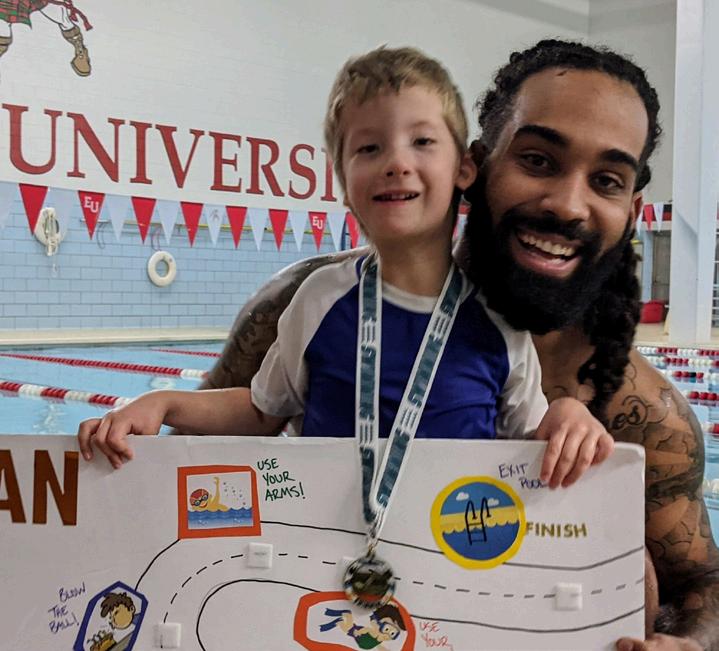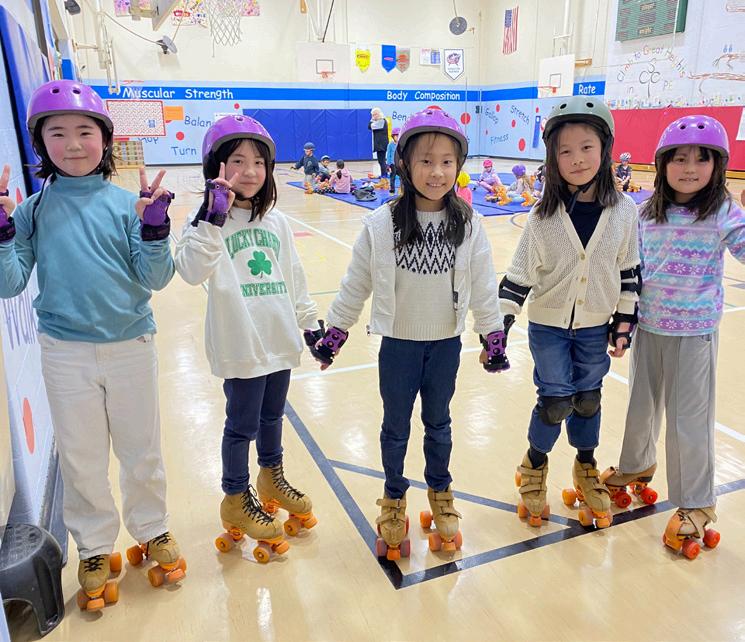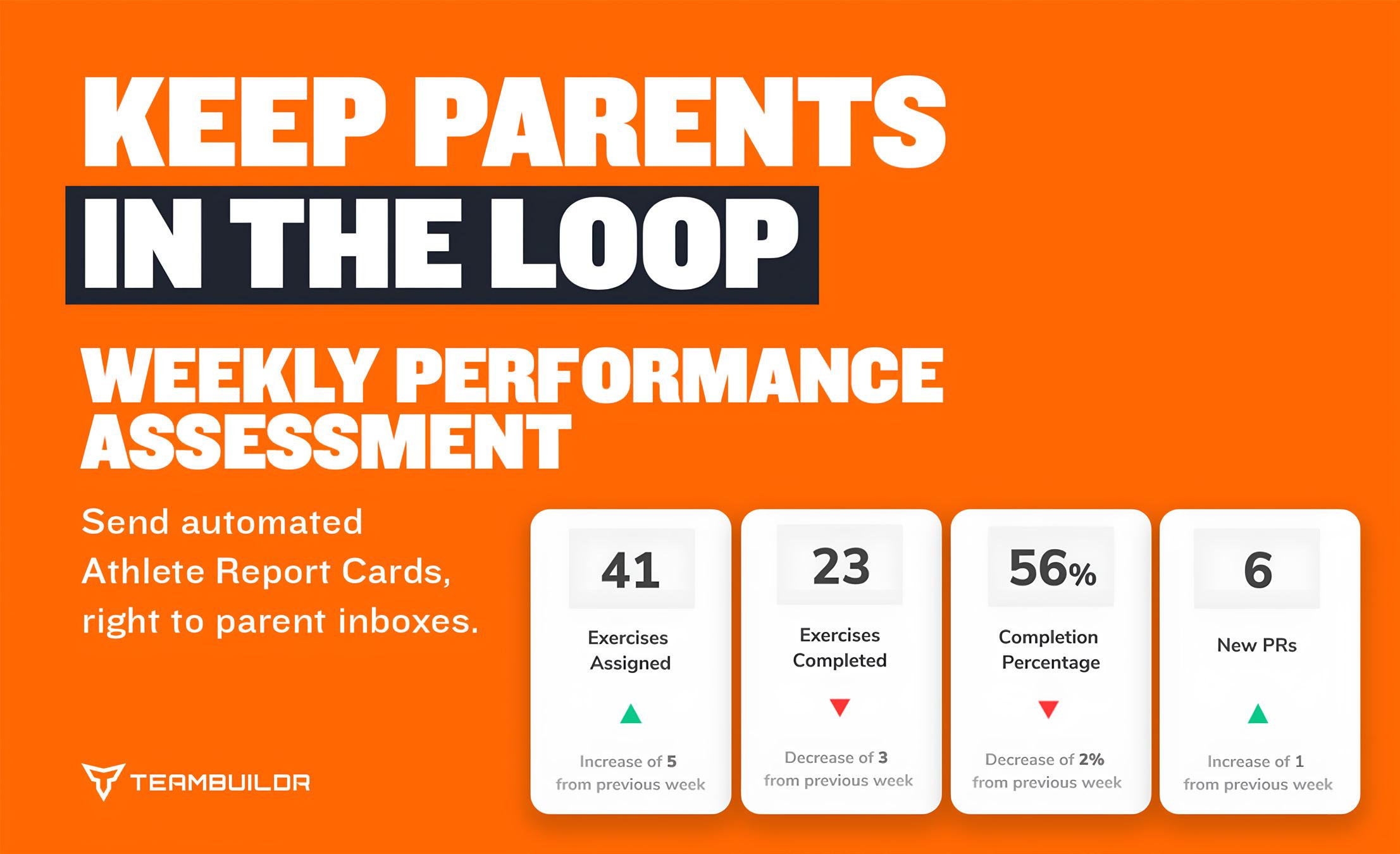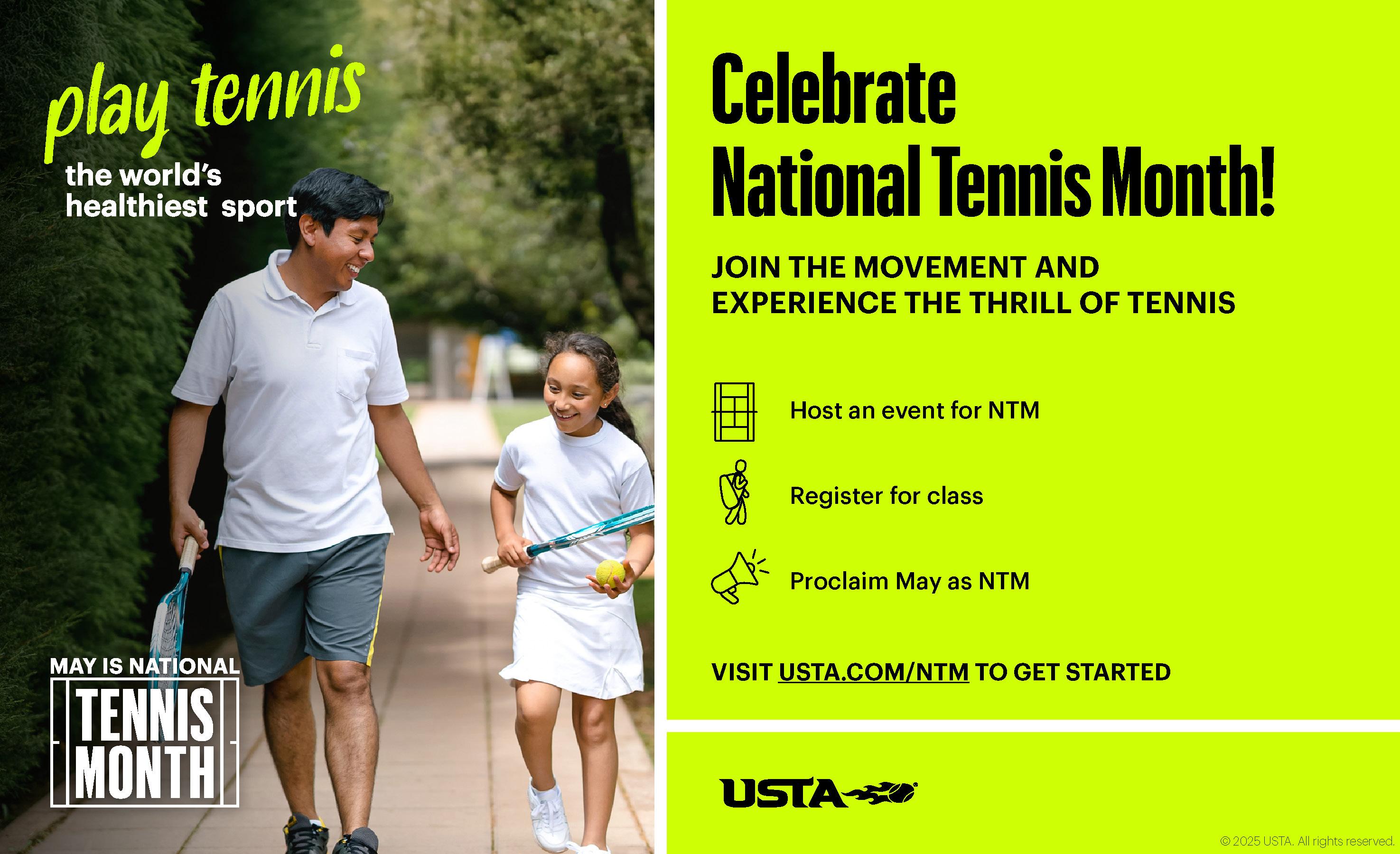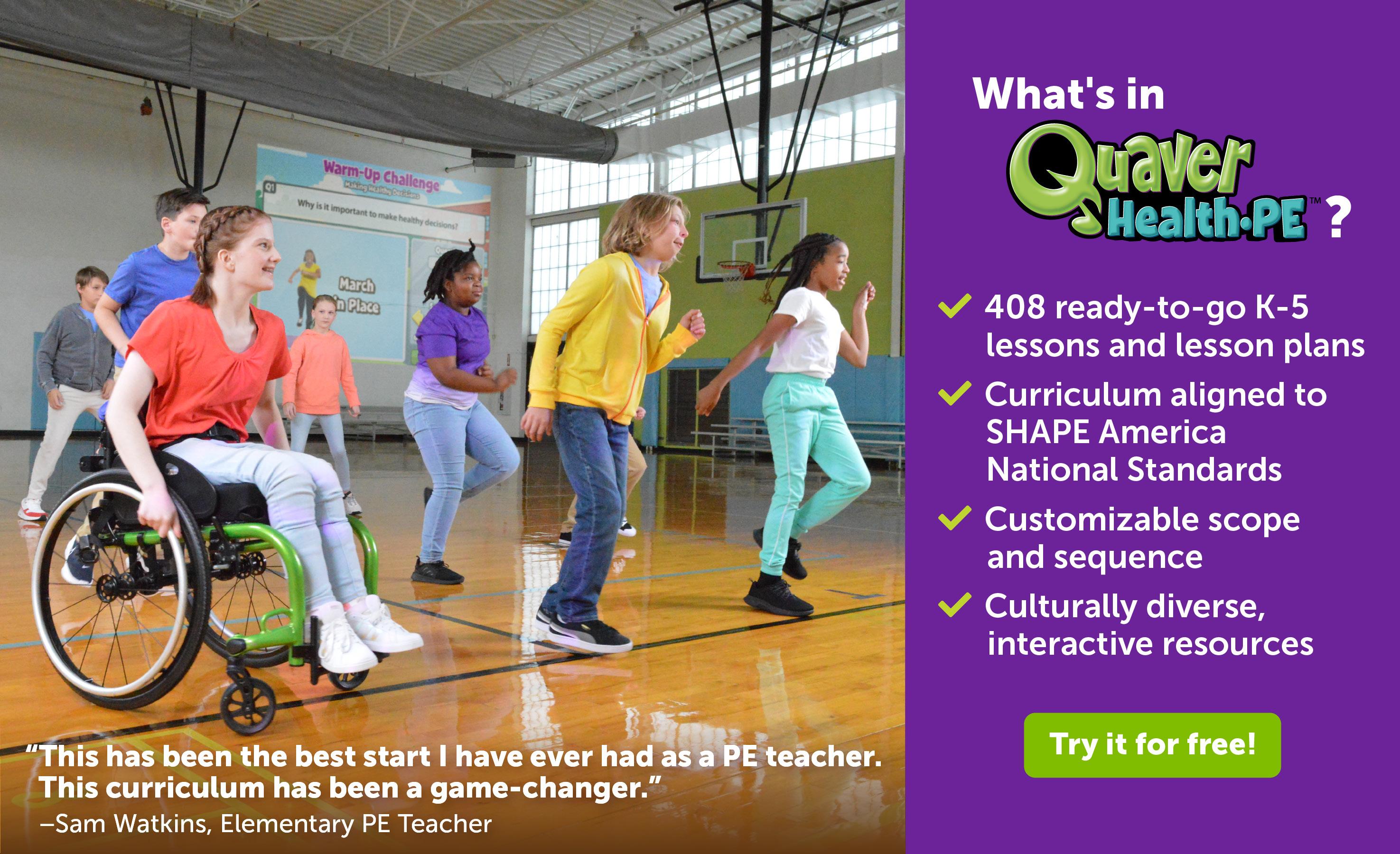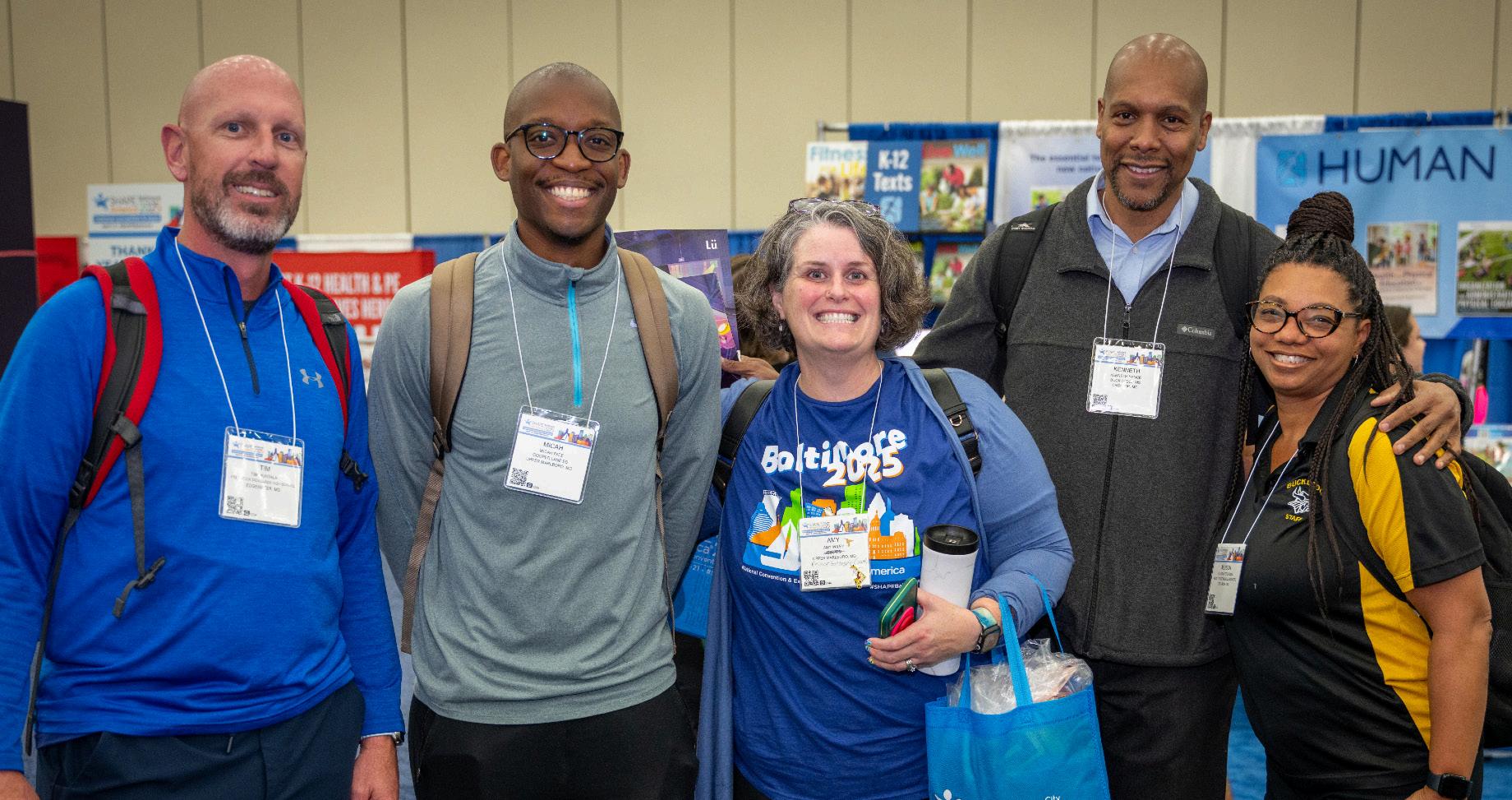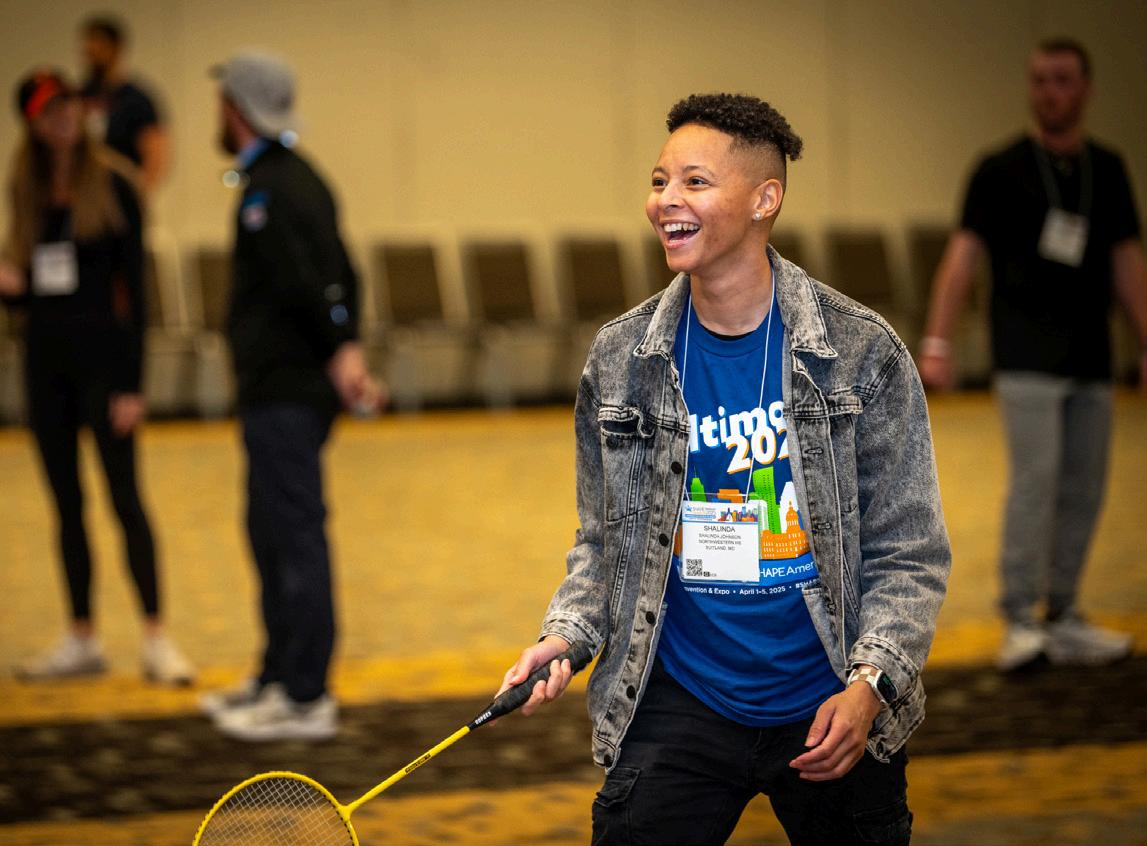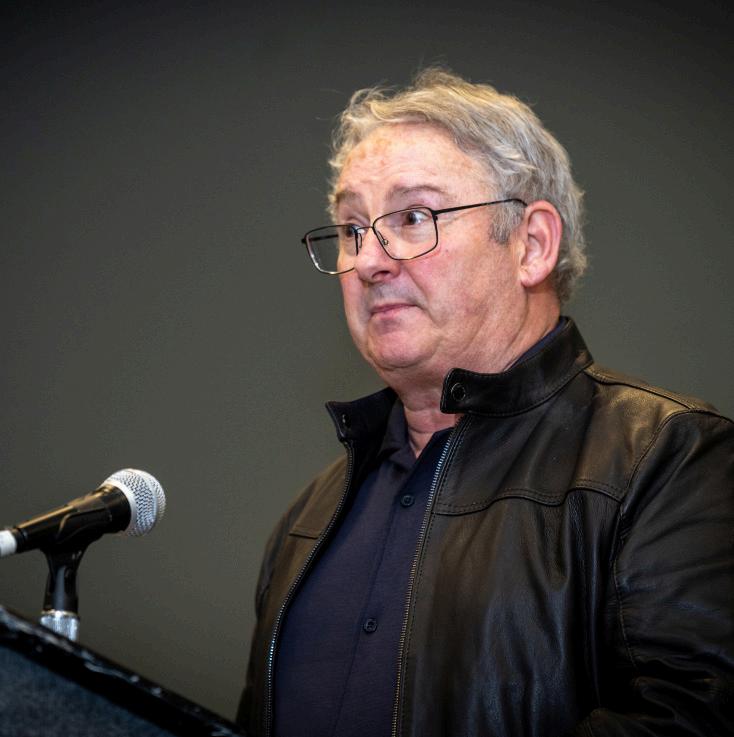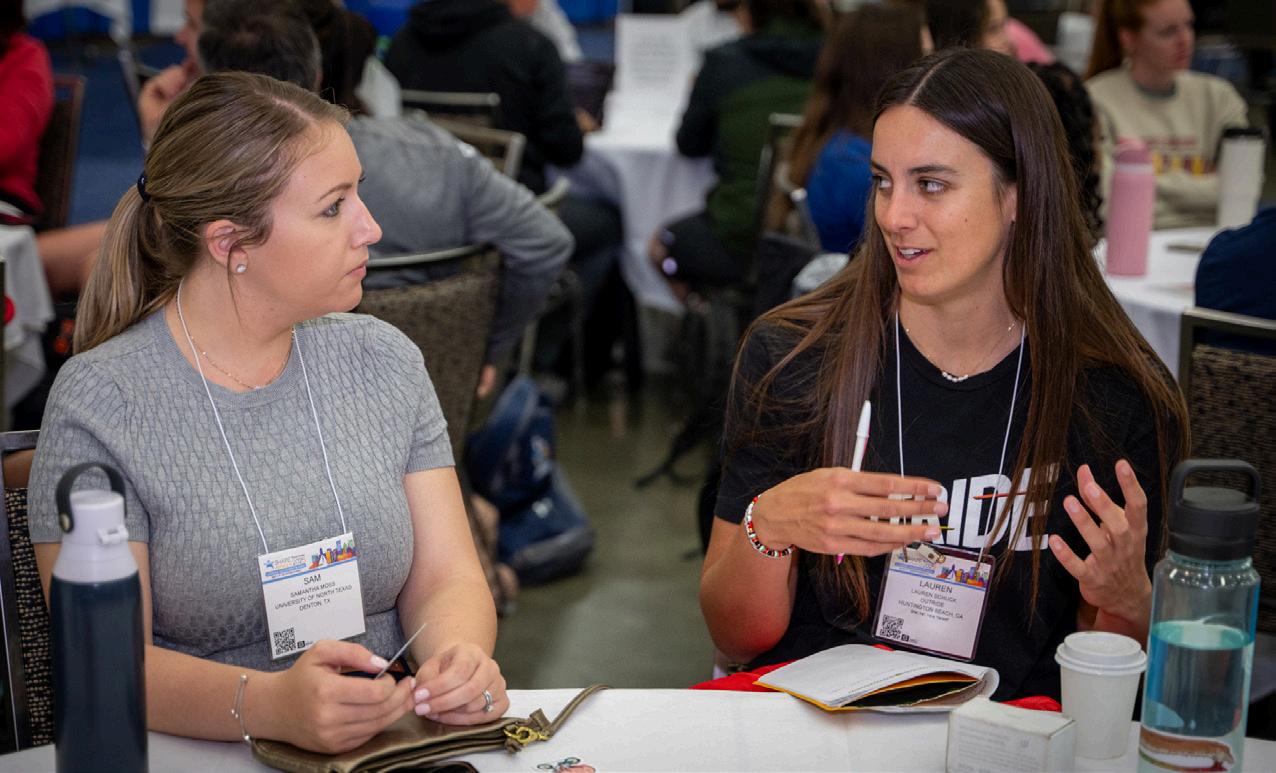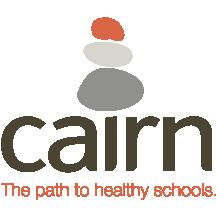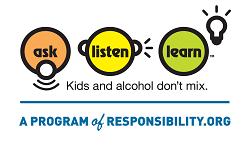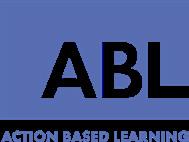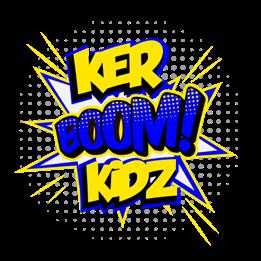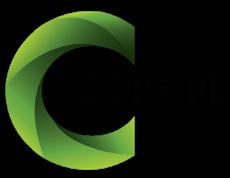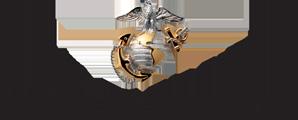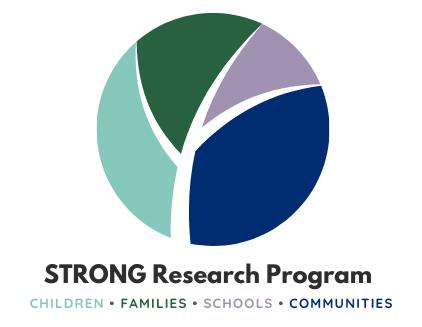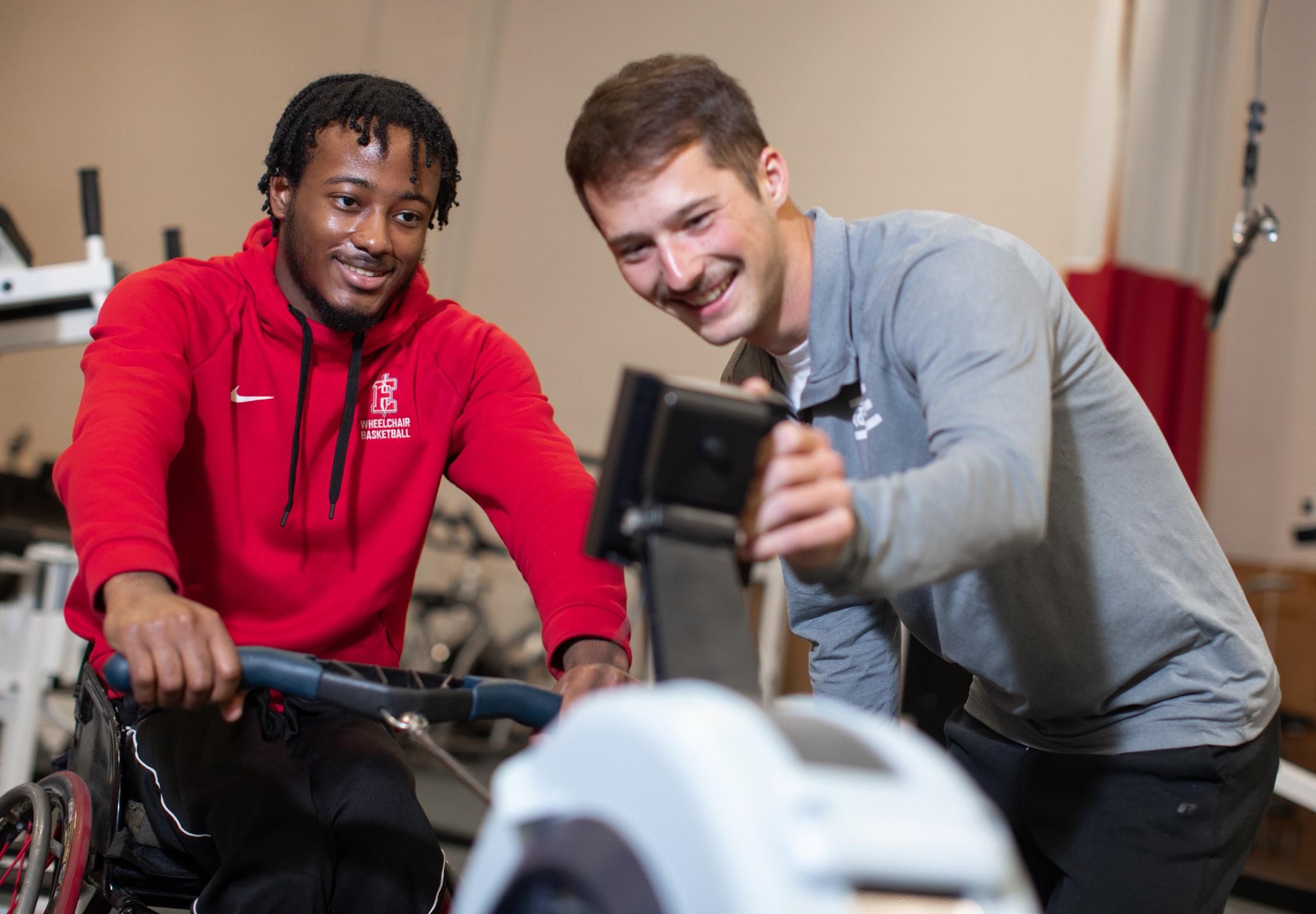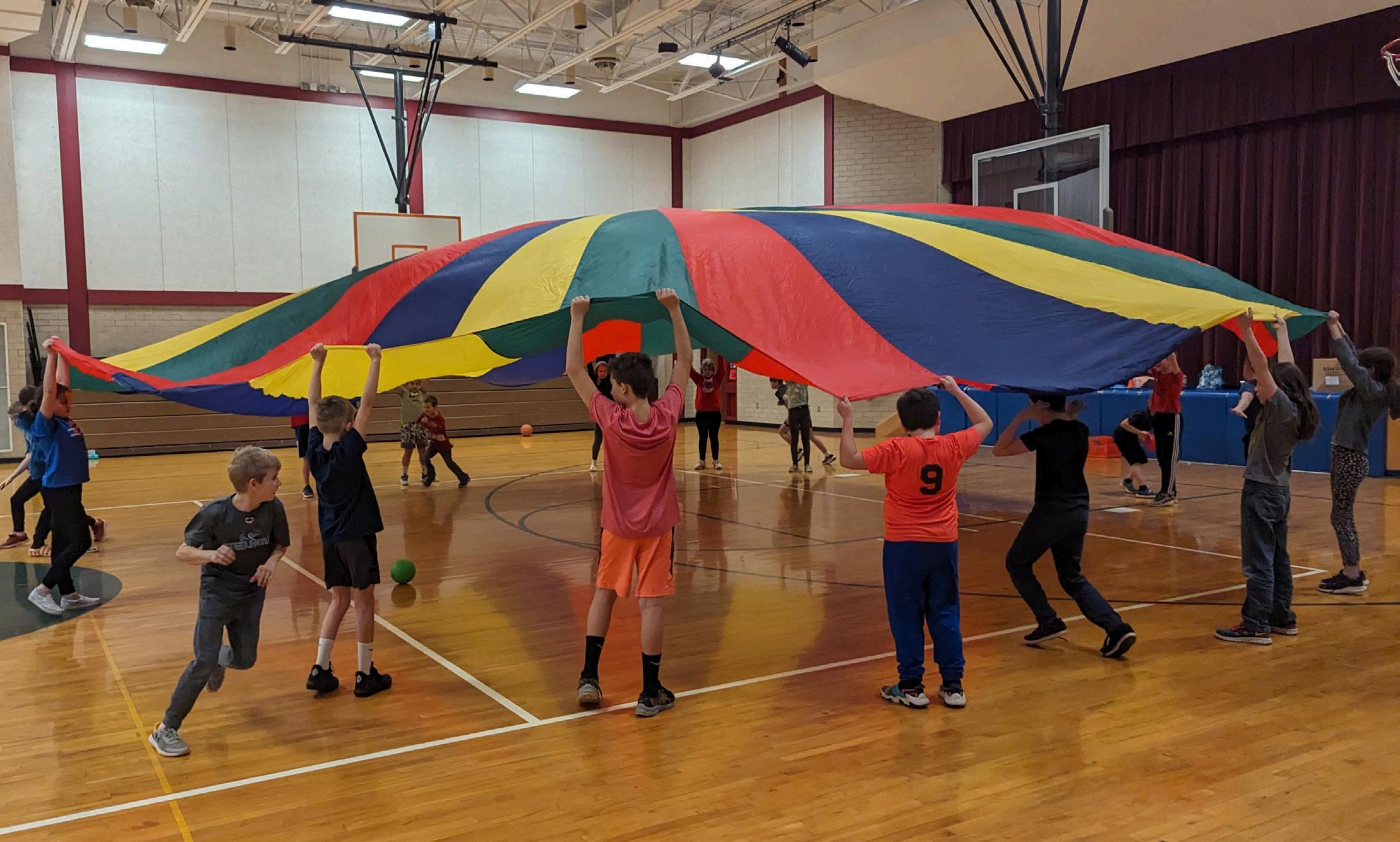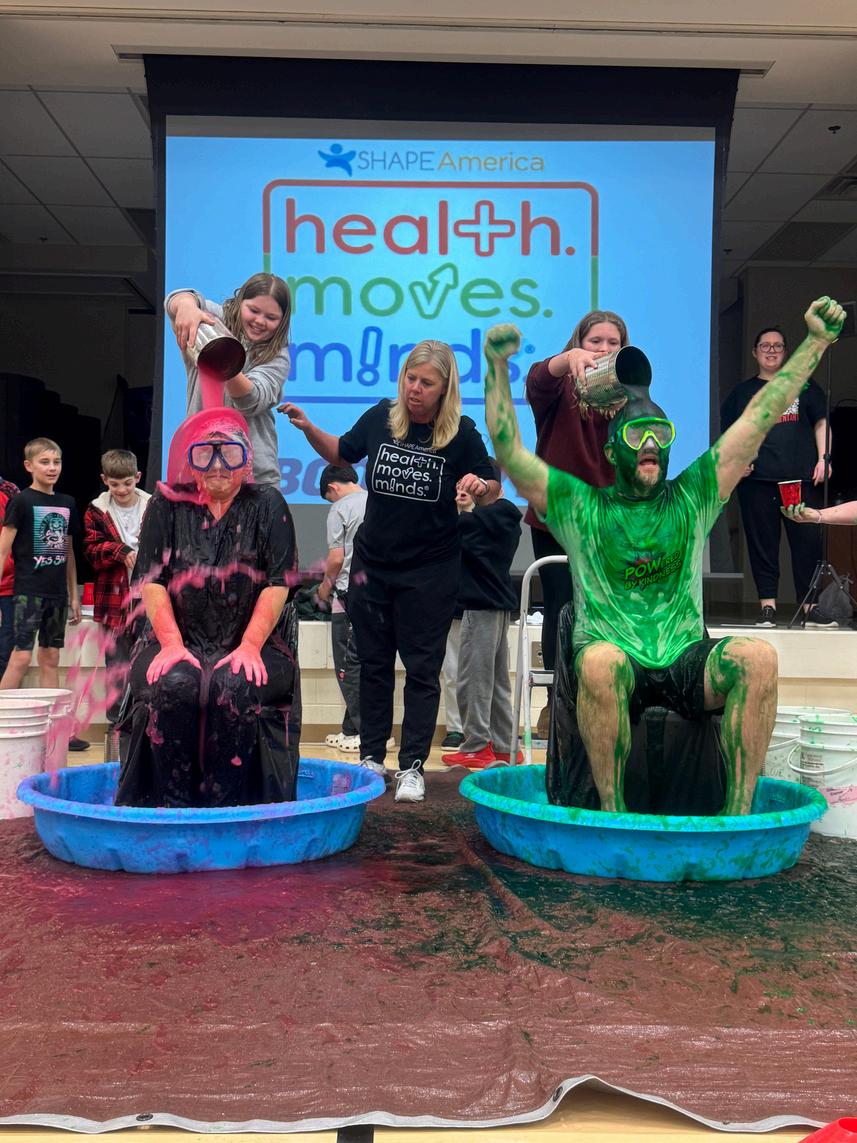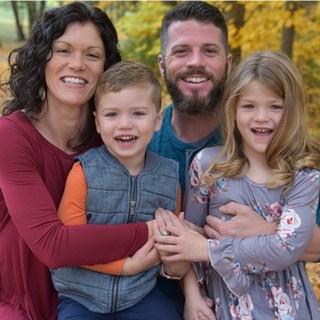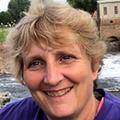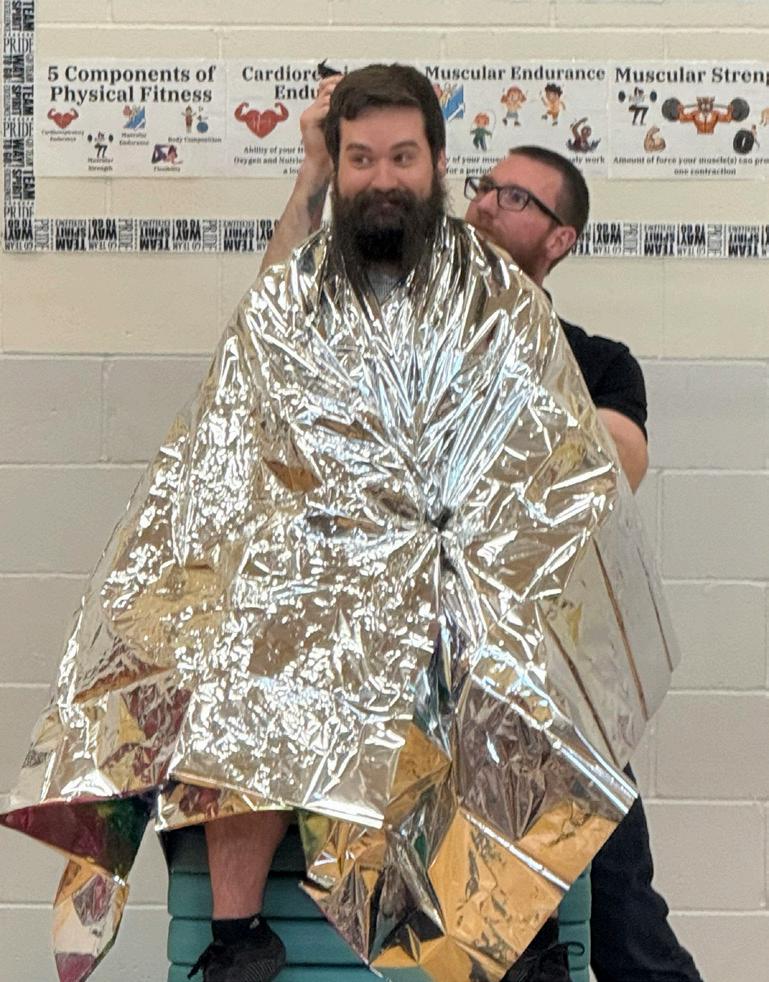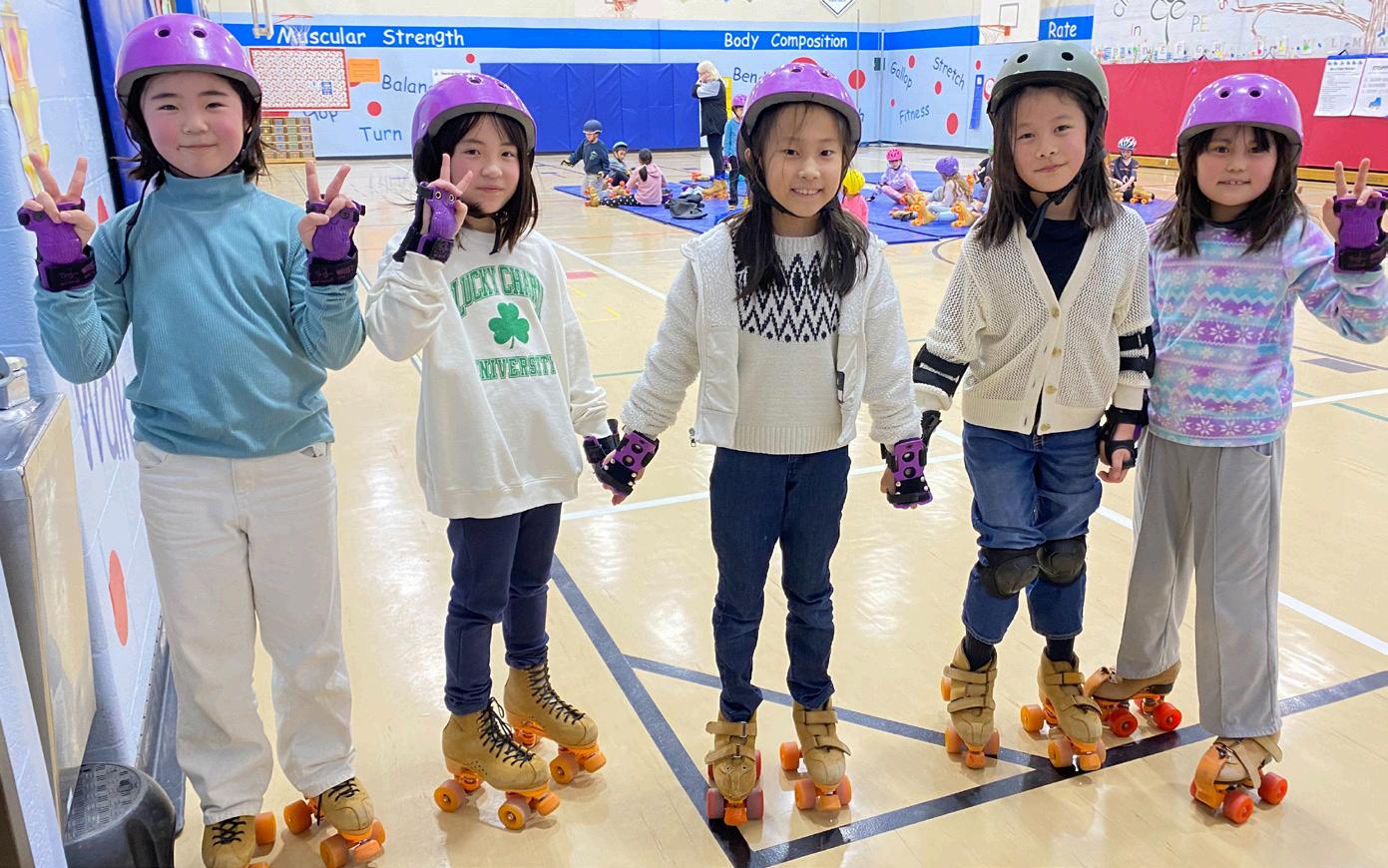As Professionals, Where Is Our Exceptional View?
Professor KM Boyd reflects on the importance of the PETE/HETE standards revision and the relationship to becoming a SPA program reviewer
WHAT?
The 2025 SHAPE America National Convention & Expo is now behind us. Given work-related conflicts, I was unable to attend Monday’s pre-conference event, Critical Conversations in HPE, or Tuesday’s Higher Education Professional Preparation Summit (HEPPS). Thus, when I learned from colleagues that these sessions were well attended and there were worthy conversations surrounding the PETE and HETE standards revision process, I was excited.
By Saturday morning, however, my enthusiasm waned. As my co-presenter Irene Cucina and I waited, anticipating 15 registered attendees to show up for our free “CAEP SPA Reviewer Training,” it soon became clear: We were going to end up with a much smaller cadre than anticipated, just like we had at #SHAPECleveland in 2024.
If you’re wondering what the PETE and HETE standards revision process has to do with CAEP SPA reviewer training, keep reading. The two are intricately entangled!
SO WHAT?
Revising or rewriting SPA standards is a necessary form of quality control. Consequently, the reoccurring revision and ultimate approval of discipline-specific and SPA-specific standards demands the best from us and requires a task force that understands or is, at a minimum, willing to understand the inner workings of educator preparation programs, the program review process, and the wider scope of influential documents, research, and standards that inform program recognition and the accreditation process.
In the 2018 National Standards for Initial Health Education Teacher Education (Boyd, K. et al., 2018), the SHAPE America Health Education
Teacher Preparation Standards Task Force* mindfully integrated the crosscutting themes of digital learning, technical literacy, and metacognition. Additionally, in every HETE Standard, requisite attention was made to addressing the needs of all school health learners. Had the HETE Task Force not conspicuously integrated the aforementioned crosscutting themes — which were embodied in the InTASC Model Core Teaching Standards and CAEP Standards and required by CAEP — the 2018 Initial HETE Standards would not have made it beyond our computers.
This is only one example of the value of understanding educator preparation, program review, and the wider scope of standards that inform program recognition and the accreditation process.
NOW WHAT?
In Pittsburgh, there is a popular destination known as “The Point.” Standing at that spot allows an exceptional view of three converging rivers. The confluence of those three rivers is unique because, as two rivers end, they form the beginning of another river. With that idea in mind, consider the confluence of the following: 1) rewriting PETE and HETE program standards; 2) understanding the full breadth of teacher education preparation; and 3) valuing the process to which PETE and HETE programs commit to earning national program recognition.
As professionals, where is our exceptional view? Where is our “Point?”
“The Point” for the confluence in PETE or HETE is and always has been to get trained and serve as an ongoing SPA program reviewer. That unique perspective affords an in-depth analysis of how the Initial PETE or HETE Standards are applied, how InTASC
KM (Kelly) Boyd is a full professor in Health Studies at East Stroudsburg University. She earned her Ph.D. from Southern Illinois University at Carbondale. Kelly was the chair of the 2015 SHAPE America Health Education Teacher Preparation Standards Task Force, a writer for the 2018 Initial Health Education Teacher Education Standards, co-author of the National Standards and Guidelines for Initial Health Education Teacher Education, co-presenter for CAEP SPA Program Reviewer trainings and Program Report Preparation, a HETE lead reviewer and auditor for the program review process. She has also been the lead writer for her department’s HETE program report.
Model Core Teaching Standards and CAEP Standards inform SPA Standards, and how the program review and accreditation process work.
If Leonardo da Vinci was correct in saying, “Wisdom is the daughter of experience,” then as the past chair of the HETE Standards Task Force, a HETE program reviewer, auditor, and trainer — and the person who writes the HETE program report for my department — you are going to have to trust my wisdom: Becoming a trained SPA program reviewer is the exceptional view; it is “The Point.”
You’ll find more information about support for PETE or HETE program report preparers and/or becoming a program reviewer on the SHAPE America website
M.
Mary
*Kelly
Boyd (chair), Irene Cucina),
C. Connolly, Joe Halowich, Sarah Benes, Shelley Hamill, and Brett Fuller
2025 SHAPE America Award Winners
Congratulations to the following national award recipients and lecturers, who were recognized at this year’s National Convention & Expo. Our professions benefit daily from their hard work, dedication and vision.
ADAPTED PE/ACTIVITY GRADUATE STUDENT OF THE YEAR AWARD
Cora Firkin, University of Delaware
ADAPTED PE/ACTIVITY PROGRAM OF THE YEAR AWARD
Andria Dominique Cruz Macaraeg, Guam Department of Education
BARBARA A. COOLEY HEALTH EDUCATION MASTER’S SCHOLARSHIP
Elizabeth Schaffer, Springfield College (MA)
BILL KANE HEALTH EDUCATION UNDERGRADUATE SCHOLARSHIP
Manon Lee, Emporia State University (KS)
C.H. MCCLOY RESEARCH LECTURE
Lecturer: Phillip Ward, The Ohio State University
CLAUDINE SHERRILL ADAPTED PHYSICAL EDUCATION LECTURE
Lecturers: Ron and Lisa French, Texas Woman’s University (retired)
CSPAP LECTURE
Lecturer: Zan Gao, University of Tennessee at Knoxville
CSPAP SIG INNOVATIVE PAPER AWARD
Jongho Moon, Western Michigan University
Collin A. Webster, Texas A & M University – Corpus Christi
Kelly Lynn Mulvey, North Carolina State University
Ali Brian, University of South Carolina
David F. Stodden, University of South Carolina
Cate A. Egan, University of Idaho
Taemin Ha, University of New York – Queens College
Michael W. Beets, University of South Carolina
CURRICULUM & INSTRUCTION SCHOLAR LECTURE
Lecturer: Donal Howley, Towson University (MD)
Lecturer: Andrew Milne, New Trier High School (IL)
DR. DORIS R. CORBETT-JOHNSON LEADERS FOR OUR FUTURE AWARD
JP Rech, University of Nebraska Kearney
Micah Dobson, North Carolina State University
Bryanna Mieles, Skyview Elementary School (CO)
E. B. HENDERSON AWARD
Felicia Ceasar White, Houston ISD (TX)
HELEN HEITMANN YOUNG SCHOLAR AWARD
Scott McNamara, University of New Hampshire
JOY OF EFFORT AWARD
Robert Knipe, Southern Connecticut State University
Jan Bishop, Central Connecticut State University
JULIAN U. STEIN LIFETIME ACHIEVEMENT AWARD
Ron and Lisa French, Texas Woman’s University (retired)
LEROY T. WALKER YOUNG PROFESSIONAL AWARD
Cory Dixon, Rowan University (NJ)
Christopher B. Merica, University of North Carolina – Wilmington
Congratulations to SHAPE America’s 2025 National Teachers of the Year in adapted physical education, health education, and physical education!
ADAPTED PHYSICAL EDUCATION
Brad Hunter
Federal Hill Preparatory School (MD)
District: Eastern
HEALTH EDUCATION
Sandee Ortiz
Sun Prairie West High School (WI)
District: Midwest
ELEMENTARY PHYSICAL EDUCATION
Thomas Gelardi
P.S. 173 The Fresh Meadow School (NY)
District: Eastern
MIDDLE SCHOOL PHYSICAL EDUCATION
Courtney Lukasavitz Indian Community School (WI)
District: Midwest
HIGH SCHOOL PHYSICAL EDUCATION
Lisa Smith
Lakeville South High School (MN)
District: Central
See the complete list of 2025 District Teachers of the Year here
LUTHER HALSEY GULICK AWARD
Phillip Ward
The Ohio State University
The Luther Halsey Gulick Award is the highest honor SHAPE America bestows in recognition of long and distinguished service to one or more of the professions.
LOLAS E. HALVERSON SCHOLAR LECTURE
Lecturer: Pamela Beach, Rochester Institute of Technology (NY)
LUTHER HALSEY GULICK AWARD
Phillip Ward, The Ohio State University
MEASUREMENT & EVALUATION
JOANNE SAFRIT LECTURE
Lecturer: James Zhang, University of Georgia
M&E LIFETIME ACHIEVEMENT AWARD
James Zhang, University of Georgia
M&E GRADUATE STUDENT AWARD
Ju-Pil Choe, University of Mississippi
MENTOR OF THE YEAR
Cathy McKay, James Madison University
MPEES REVIEWER OF THE YEAR
Christopher Hill, California State University – San Bernardino
NORTH AMERICAN SOCIETY OF HEALTH, PHYSICAL EDUCATION, RECREATION & DANCE FELLOWS
Joe Deutsch, North Dakota State University
PRESIDENTIAL CITATIONS
Jennifer Rushin, Karen Kart and Teresa Shatzer, Montgomery County Public Schools (MD)
RAYMOND A. WEISS LECTURE
Lecturer: Matthew Curtner-Smith, University of Alabama
RESEARCH COUNCIL DISTINGUISHED SERVICE AWARD
Erin Centeio, University of Hawai’i
RESEARCH FELLOWS
Chad Killian, University of New Hampshire
Nicole Kirk, University of Georgia
Yubing Wang, Old Dominion University
RQES LECTURE
Lecturer: Nancy Getchell, University of Delaware
RUTH ABERNATHY PRESIDENTIAL SCHOLARSHIPS
Undergraduate
Abigail GaNun, Southern Connecticut State University
Ariana Walker, Winona State University (MN)
Klayton Donoghue, University of Illinois Urbana-Champaign
Graduate
Wellington De Luna-Vazquez, Georgia State University
SHAPE AMERICA DARYL SIEDENTOP SCHOLAR LECTURE
Lecturer: Hans Van Der Mars, Arizona State University
THOM MCKENZIE RESEARCH GRANT
Xiaoping Fan, State University of New York at Cortland
Ashlyn Brown, University of Wyoming
Service-Learning in Action: Adapted Fitness
One of the most exciting aspects of service learning is seeing it come to life through programs that address community needs. In the Department of Exercise, Health, and Sport Sciences at Pennsylvania Western University (PennWest Edinboro), my students and I have developed programs that tackle real health and wellness concerns, fostering hands-on learning and meaningful change.
The connections built through these experiences often continue beyond the classroom. Students stay involved in service-oriented careers, communities benefit from increased access to health programs, and partnerships between schools and organizations grow stronger.
Additionally, students who participate in service learning gain a deeper understanding of the challenges different populations face, leading to more empathy-driven approaches in their future careers.
One meaningful example of this work can be seen at PennWest University, where students in my Adapted Physical Education course are actively involved in supporting inclusive fitness programs for individuals with physical disabilities. My students provide hands-on support to our university’s wheelchair basketball team and volunteer with a local nonprofit, Functional Performance, which offers group fitness classes specifically for individuals with disabilities.
This work addresses a significant community need, as individuals living with disabilities often face numerous
barriers to accessing fitness opportunities. Additionally, this partnership has evolved to include students collaborating with the wheelchair basketball team to brainstorm exercise modifications for different abilities and create training videos to help educate others.
Through these experiences, my students gain valuable, real-world learning that deepens their understanding of inclusive practices while fostering empathy, collaboration and professional growth.
More Community Programs
Beyond adapted fitness, my students are involved in a variety of hands-on, servicelearning projects in our community. This work helps them build confidence, develop their professional skills, and
Aaron Myers (right), a sophomore health and physical education major at PennWest Edinboro, works with James Pollard, a freshman sports management major and member of the Edinboro wheelchair basketball team.
leave a lasting impact in ways they might not even realize yet. Here are just a few examples:
• Kits for Kids — This program is all about empowering elementary school students by teaching them essential first aid skills while assembling their own first aid kits. We focus on communities with multigenerational households, where kids may be the first responders in a health emergency, as well as lower socioeconomic groups where children may spend longer periods without adult supervision. Learning these skills builds confidence and prepares kids to take action in emergency situations.
• Kids Night Out A fun-filled event that gets kids moving while also supporting a great cause. This program not only promotes physical activity but also raises money for community initiatives, helping fund
local health and wellness projects that serve children and families in need.
• Get Movin’ Morning School Programs — Designed for elementary school students, this initiative jump-starts the school day with physical activity to enhance focus, improve behavior, and support overall academic success. Research shows that movement before learning can help students retain information and stay engaged in the classroom.
• Functional Performance — This initiative provides opportunities for student volunteers to assist in fitness classes for individuals with disabilities. By working directly with participants, students learn how to adapt exercises, create inclusive workout routines, and foster a supportive fitness environment. These experiences not only benefit participants but also equip future professionals with skills in adaptive fitness and inclusion.
• Nutrition Lessons for the Multicultural Center — This program teaches kids and families about healthy eating habits in ways that honor cultural diversity. These lessons help bridge the gap between nutrition education and real-life application, making it easier for families to make informed food choices.
• Adapted Swim Lessons Water safety and swimming skills are critical for all children, especially those with disabilities who often have fewer opportunities for instruction. During this four-week program, lessons are held two times per week, with university students providing 1:1 instruction to K–12 students enrolled in special education classes. These individualized sessions help each child build confidence and independence in the water.
(continued on next page)
As part of their service-learning experience, PennWest Edinboro students can plan and facilitate a Kids Night Out event for local elementary students. These funfilled events promote physical activity while also raising money for community health initiatives that serve children and families in need.
• Sports Camp for Elementary School Students A high-energy program designed to introduce kids to different sports, encouraging an active lifestyle from an early age. This exposure to various physical activities helps participants develop fundamental movement skills and fosters a love for fitness.
These programs don’t just serve as learning opportunities for our students, they create tangible health benefits for the communities we engage with.
Activity Selection
Reflecting on my journey with service learning, I’ve seen firsthand how it transforms both students and communities. At its core, service learning should be a student-driven process that includes:
• Research: Identify authentic community needs that align with course objectives.
• Planning: Develop actionable strategies to ensure meaningful engagement.
• Reflection: Encourage students to assess their personal and collective experiences.
• Critical Analysis: Evaluate project outcomes and identify areas for improvement.
• Community Celebration: Recognize the efforts of students, faculty and community partners while reinforcing the impact of their work.
When incorporating service learning into coursework, there are two main approaches to selecting activities:
1. Course-Driven Approach: Start by identifying a course where service learning can naturally fit, then research community needs that align with course objectives. This ensures the project supports both academic and real-world learning outcomes.
2. Community-Driven Approach: Identify a pressing community need first and then determine which course can effectively address it. This approach allows for flexibility in integrating service learning across disciplines.
For example, in a rural Title I school where families had limited access to sport opportunities, we took a blended approach by utilizing both a Team Sports Pedagogy class and a Contemporary Issues in Sport class to develop a sports sampling program. The pedagogy class focused on instructional strategies and how to implement effective coaching techniques, while the contemporary issues class explored barriers to sports participation in low-income communities. This dual approach ensured that the service project not only met course objectives but also filled a critical gap in the community by providing inclusive and accessible sports opportunities for children.
Selecting the right activity is key to creating a meaningful service-learning
(continued on page 26)
During a PennWest Edinboro service-learning experience, Glen Connor celebrates with his student Ryan, who proudly displays his progress board and medal after an adapted swim class.
powered by
MAKE A BIG IMPACT FOR YOUR SCHOOL...
Receive at least 50% of total funds raised back to your school (in the form of a check sent to your school) AND
An additional 5% of total funds raised, PLUS a $250 bonus match from Booster (in the form of a Gopher gift certificate)
See What Your Peers Are Saying...
Kyle Salvo Twin Chimneys Elementary School (MO)
Results exceeded our expectations. The 100% matching donations helped, as well as donors covered the platform fees.
Brookview Elementary School (WV)
My students enjoyed the daily trait videos and I heard them talking about the lessons Ethan had learned [in the videos] later in the event.
Amtmanis Macdonough School (CT)
Everything is designed with the student experience in mind from the theme and the Dude Perfect prizes to the Student Star Videos and daily Character Videos.
Start your fundraising quest today!
Cozetta Miller
Amanda

